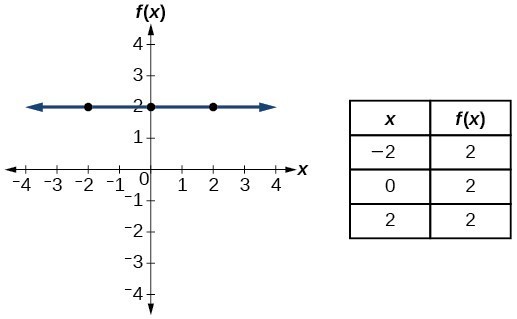Neutrons, those enigmatic particles residing within the atomic nucleus, play a crucial role in the intricate tapestry of atomic structure and nuclear interactions. But what is the function of these neutrally charged particles, and how do they contribute to the stability and properties of the elements around us? This question nudges us to ponder the underlying mechanisms of atomic interactions and the consequences of neutron variability across different isotopes.
Before delving deeper, consider this playful challenge: Imagine you have a box filled with a variety of colored balls, each representing different particles—protons, neutrons, and electrons. If the number of white balls (neutrons) were to dwindle, what would happen to the whole structure? Would the box remain stable, or would it yield a cascade of calamities? The answer lies in understanding the pivotal role that neutrons play within the nucleus.
Neutrons, alongside protons, constitute the nucleons that comprise the nucleus. The absence of an electric charge distinguishes neutrons from protons, which possess a positive charge. This neutrality is fundamental, as it allows neutrons to contribute to the nuclear forces without repelling or attracting other nucleons through electrostatic interactions. Instead, neutrons interact with protons and other neutrons via the strong nuclear force, which is significantly stronger than the electromagnetic force at the subatomic level.
One of the primary functions of neutrons is to mediate the stability of the nucleus. Each proton is positively charged, and when they congregate within the densely packed nucleus, they naturally repel each other due to the electromagnetic force. Neutrons counterbalance this repulsive force through their presence, acting as a sort of glue that binds protons together, thereby stabilizing the nucleus. Without an adequate number of neutrons, atomic nuclei would become increasingly unstable, leading to the phenomenon of radioactive decay.
Isotopes of elements present an intriguing case study regarding neutron functionality. An isotope is defined by its number of neutrons relative to protons; while the latter defines the element itself, the former contributes to the element’s mass and its nuclear stability. Consider carbon, which primarily exists as carbon-12 (6 protons and 6 neutrons) and carbon-14 (6 protons and 8 neutrons). The additional neutrons in carbon-14 result in radioactivity, demonstrating how excess neutrons can lead to instability. This subtle balance between neutrons and protons is thus paramount in determining not only the stability of a nucleus but also its potential for decay and transformation.
Furthermore, the role of neutrons extends beyond mere stability; they also participate in various nuclear reactions, such as fission and fusion. When certain heavy isotopes undergo fission, they can emit neutrons that may go on to initiate further fission events in a chain reaction. This principle underpins the science of nuclear reactors and atomic bombs, where the capacity to control neutron release is crucial for energy production and explosive power, respectively. Fusion, on the other hand, involves the merging of light atomic nuclei, such as those of hydrogen, into heavier nuclei, enabling the release of energy in stars, including our sun. Here again, neutrons play an instrumental role in facilitating these processes.
Through this lens, we can also regard neutrons as indicators of elemental behavior under varying conditions. The presence of additional neutrons can create isotopes that exhibit dramatically varied physical and chemical properties. These differences are never trivial; they affect the behavior of elements in chemical reactions, their phase changes, and even their interaction with light. Some isotopes can be used as tracers in biochemical studies due to their unique nuclear properties determined by neutron counts, demonstrating their far-reaching implications beyond mere atomic structure.
Another facet to consider is the concept of the neutron drip line, a boundary in the landscape of nuclear physics. This line demarcates the limit beyond which a nucleus cannot bind additional neutrons. It offers insights into nuclear reactions, stellar behavior in supernovae, and the formation of heavy elements through neutron capture processes. As such, understanding neutron presence and behavior not only elucidates the fundamental building blocks of matter but also informs our comprehension of the universe’s evolution.
As we navigate through the terrain of atomic structure, it becomes increasingly apparent that neutrons are not mere passive participants within the nucleus. Their multifaceted roles—from maintaining stability and facilitating nuclear processes to influencing isotopic behavior—render them essential to the very fabric of matter. Ponder, for a moment, the nuanced dance between protons and neutrons, where each contributes to the harmony and chaos of the atomic world.
In conclusion, the function of neutrons in the nucleus transcends their simple classification as neutral particles. They serve as critical mediators of nuclear stability, participants in energetic reactions, and harbingers of diverse elemental behavior. So, the next time you contemplate the structure of matter, reflect on those silent, steadfast neutrons—cornerstones of the atom that wield a profound influence over the universe’s intricate workings. The intricate balance of neutrons is a testament to the equilibrium that sustains the atomic world—and indeed, our very existence.












